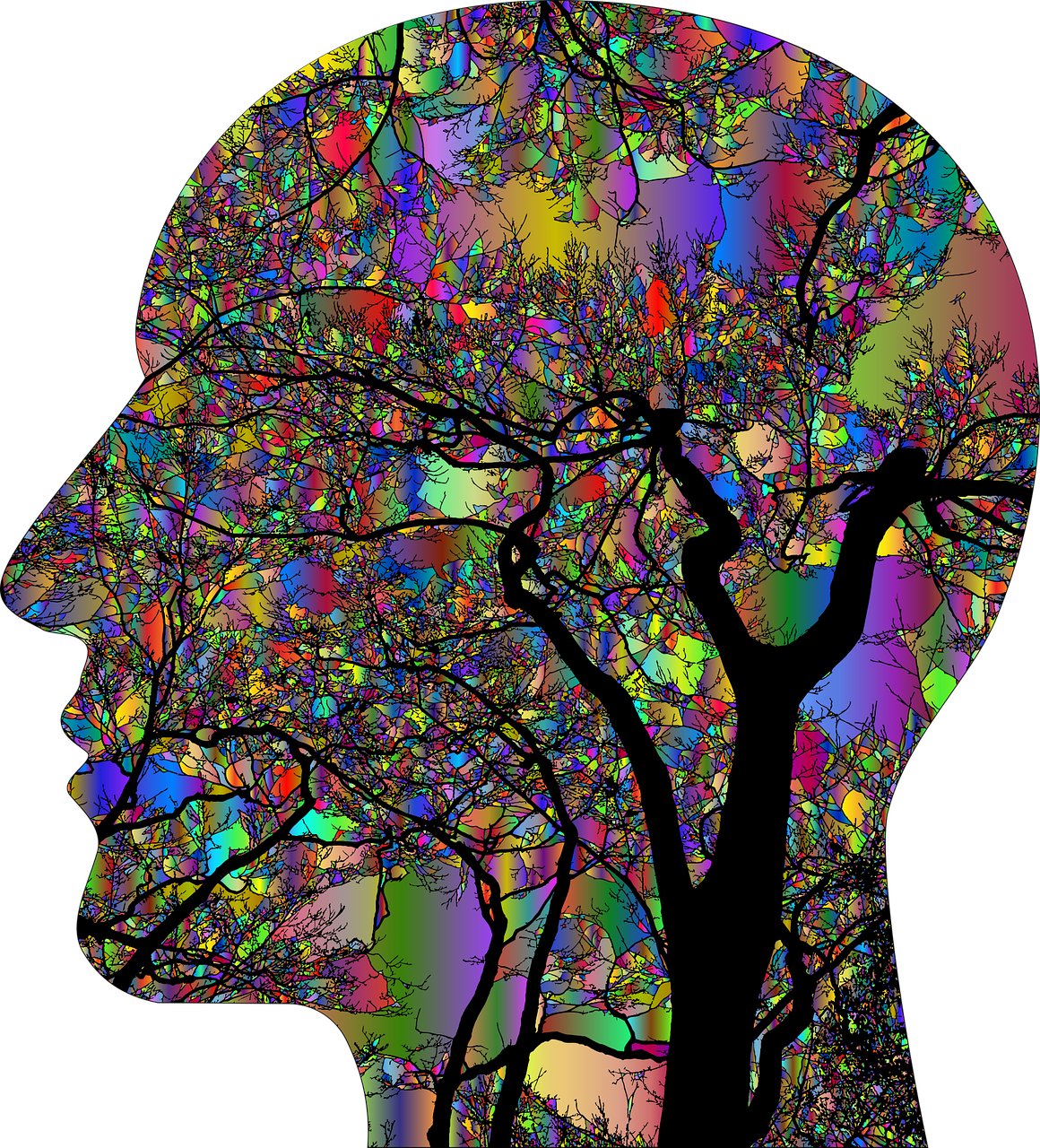Researchers from Harvard University and Google have embarked on a groundbreaking endeavor to delve into the intricate workings of the human brain, a realm largely shrouded in mystery. Collaborating closely, they've crafted an unprecedentedly detailed wiring diagram of a minute portion of the brain, uncovering new complexities and nuances within what many consider the pinnacle of biological sophistication.
This collaboration involved the meticulous analysis of neural circuitry, cellular connections, supporting structures, and blood vessels within a small segment of healthy brain tissue extracted from the cortex of a 45-year-old woman who underwent epilepsy surgery. Despite the minuscule size of the tissue sample, the task of unraveling its intricate wiring posed a monumental challenge. Through the examination of over 5,000 slices of the sample using electron microscopy, researchers revealed a staggering array of 57,000 individual cells, 150 million neural connections, and 23 centimeters of blood vessels.
Jeff Lichtman, a professor at Harvard, remarked, "The aim was to gain a high-resolution understanding of this enigmatic biological entity that each of us carries within our skulls. The complexity of this endeavor cannot be overstated; it was truly a formidable task." Employing cutting-edge techniques, the researchers sliced the tissue into wafer-thin sections, capturing nanoscale details of brain architecture through electron microscope imaging. A machine-learning algorithm meticulously traced the pathways of neurons and other cells across these sections, a process that would have taken humans years to complete. The resulting images amassed a staggering 1.4 petabytes of data, equivalent to 14,000 full-length 4K resolution movies.
"We encountered numerous phenomena within this dataset that defy conventional understanding," Lichtman explained. "While we're still grappling to comprehend these discoveries, they underscore the vast gulf between our existing knowledge and what remains to be understood."
Among the intriguing findings were observations of pyramidal neurons exhibiting unexpected symmetrical patterns and axons forming tight spirals reminiscent of roundabout navigation before establishing connections with target cells. Furthermore, rare instances of exceptionally strong neuronal connections hinted at mechanisms underlying learned behaviors, offering insights into the neural substrates of habitual actions.
Lichtman speculated that these robust connections might underpin the seamless execution of well-practiced behaviors, such as reflexively braking at a red light. "These potent connections may constitute a crucial component of the brain's repository of learned information and contribute to the process of learning itself," he suggested. The team has made the comprehensive map freely available to the scientific community for further exploration.
Looking ahead, the researchers are setting their sights on mapping the entire brain of a mouse in collaboration with Google, recognizing the technological and logistical challenges of mapping the human brain in its entirety. By deciphering the neural circuits governing a mouse's behavior, they hope to shed light on the fundamental principles guiding sensory-driven actions, offering tantalizing glimpses into the nature of human consciousness and decision-making processes.
"In understanding how a mouse responds to stimuli, we gain insights into the mechanisms underlying human cognition and volition," Lichtman noted. "A mouse is not a mere automaton; its behavior reflects complex neural computations that may offer profound insights into the nature of free will."










